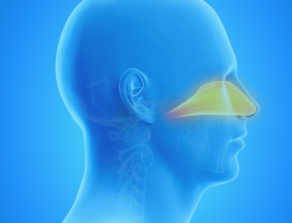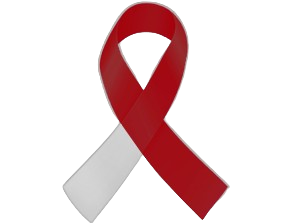Head and Neck Cancer
About Head and Neck Cancer
As the name implies, head and neck cancer is a group of cancers that starts within the mouth, nose, throat (pharynx), larynx, sinuses, or salivary glands. Head and neck cancers combined are the seventh most common group of cancers in the world and are oftentimes considered preventable because making certain lifestyle changes significantly lowers a person’s risk.
Head and Neck Cancer Key Facts
- An estimated 71,110 new cases of head and neck cancers will be diagnosed in the U.S. in 2024, with estimates of 16,110 deaths expected to result from the diagnosis.
- Head and neck cancers account for 4% of all cancers in the U.S.
- Men are two to three times more likely than women to develop head or neck cancer because of their greater use of tobacco and alcohol. However, head and neck cancers found in women have been rising for several years.
- The consumption of tobacco (including cigarettes, cigars, pipes, and smokeless tobacco) and alcohol are the most common causes of head and neck cancers. Tobacco-induced head and neck cancer is slowly declining globally, in part due to decreased use of tobacco.
- The fraction of head and neck cancers due to infection with the human papillomavirus (HPV) or Epstein-Barr virus HPV is rising. Other risk factors for head and neck cancers may include poor oral hygiene, exposure to occupational inhalants (such as asbestos or wood dust), a diet low in vegetables and fruits, gastroesophageal reflux disease, and a weakened immune system.
Source: American Cancer Society’s Cancer Facts & Figures 2024; GLOBOCAN 2020

- Don’t smoke
- Limit alcohol consumption
- Get HPV vaccine
- Wear sunscreen regularly
- Wear lip balm contains sunscreen
- Visit the dentist regularly
Resource: Head and Neck Cancers | CDC
- Painless white patch or red patch in the mouth
- Hoarseness or change in voice
- Sore throat
- Foul mouth odor not explained by hygiene
- Nasal obstruction or persistent nasal congestion
- Painless lump in the mouth or neck
- Difficulty chewing, swallowing, or breathing
- Loosening of teeth
- Frequent nosebleeds, particularly on one side of the nose
- Hearing loss or ear pain, particularly in one ear
- Blood in saliva or phlegm
- Weight loss or fatigue
Source: American Cancer Society 2024 and American Society of Clinical Oncology (ASCO) 2023
- Alcohol use
- Tobacco use
- Human Papillomavirus (HPV)
- Overexposure to ultraviolet (UV) rays from sun, tanning beds, or sunlamps can cause cancer on the lips
- Occupational inhalants, such as asbestos or wood dust
- Epstein-Barr virus (EBV)
- Sex – men are 2 – 3 times more likely than women
- Radiation exposure
- Previous history of head and neck cancer
- Gastroesophageal reflux disease (GERD) and laryngopharyngeal reflux disease (LPRD)
- Weakened immune system
- Age – 40 and older have higher risk
- Poor oral and dental hygiene
Resource:
Head and Neck Cancer: Risk Factors and Prevention | Cancer.Net
NFCR-Supported Researchers Working on Head and Neck Cancer
Ronald A. DePinho, M.D.
University of Texas MD Anderson Cancer Center
Paul Fisher, M.Ph., Ph.D.
Virginia Commonwealth University School of Medicine
Esther H. Chang, Ph.D.
Georgetown Lombardi Comprehensive Cancer Center














